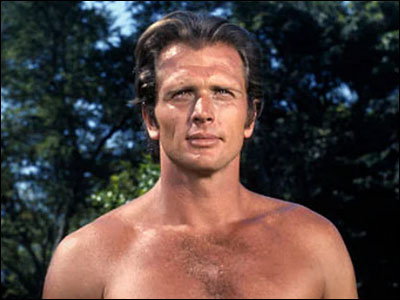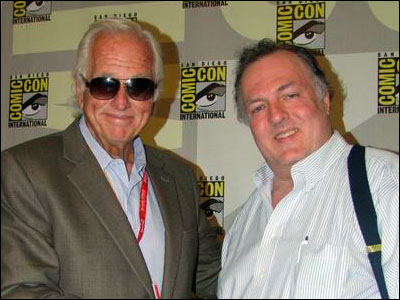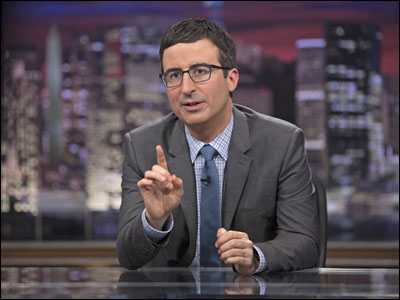
Ron Ely played Tarzan on TV in a 1966–1968 series and had the title role in the 1975 movie Doc Savage: The Man of Bronze. He was great in both roles and in his many other film appearances which included South Pacific, The Fiend Who Walked the West, The Remarkable Mr. Pennypacker, The Night of the Grizzly, Slavers and many more.
He was a frequent guest on TV shows and starred in two others — The Aquanauts and a revival of Sea Hunt. Later in his career, he became a popular TV host for things like the Miss America pageant and the game show, Face the Music. And he really was a great Tarzan on that series, sustaining any number of injuries because he insisted on doing most of his own stunts.
Ron just died at the age of 86. No cause has been reported but his daughter Kirsten issued this statement…
The world has lost one of the greatest men it has ever known – and I have lost my dad. My father was someone that people called a hero. He was an actor, writer, coach, mentor, family man and leader. He created a powerful wave of positive influence wherever he went. The impact he had on others is something that I have never witnessed in any other person – there was something truly magical about him. This is how the world knew him. I knew him as my dad – and what a heaven sent honor that has been. To me, he hung the moon.

Ron and I met when I was seated next to him on an Edgar Rice Burroughs panel at the 2012 Comic-Con International. I introduced myself and mentioned that I'd had a bad experience with a certain TV producer that I knew Ron had worked with. I was kinda gambling that that would result in an instant bonding but it was like betting that Alaska would go Republican. Ron said, "Well, I hope he didn't screw you over as badly as he screwed me over" and we were instant friends.
I told him (honestly) that I thought he was a great Tarzan…and pretty damn good in everything else I'd seen him do. After the panel, we stood in the hall talking until I had to race off to my next one. I was very glad to have had that brief time with him and I've very sad to think that there can never be another. One of the good guys, indeed.








